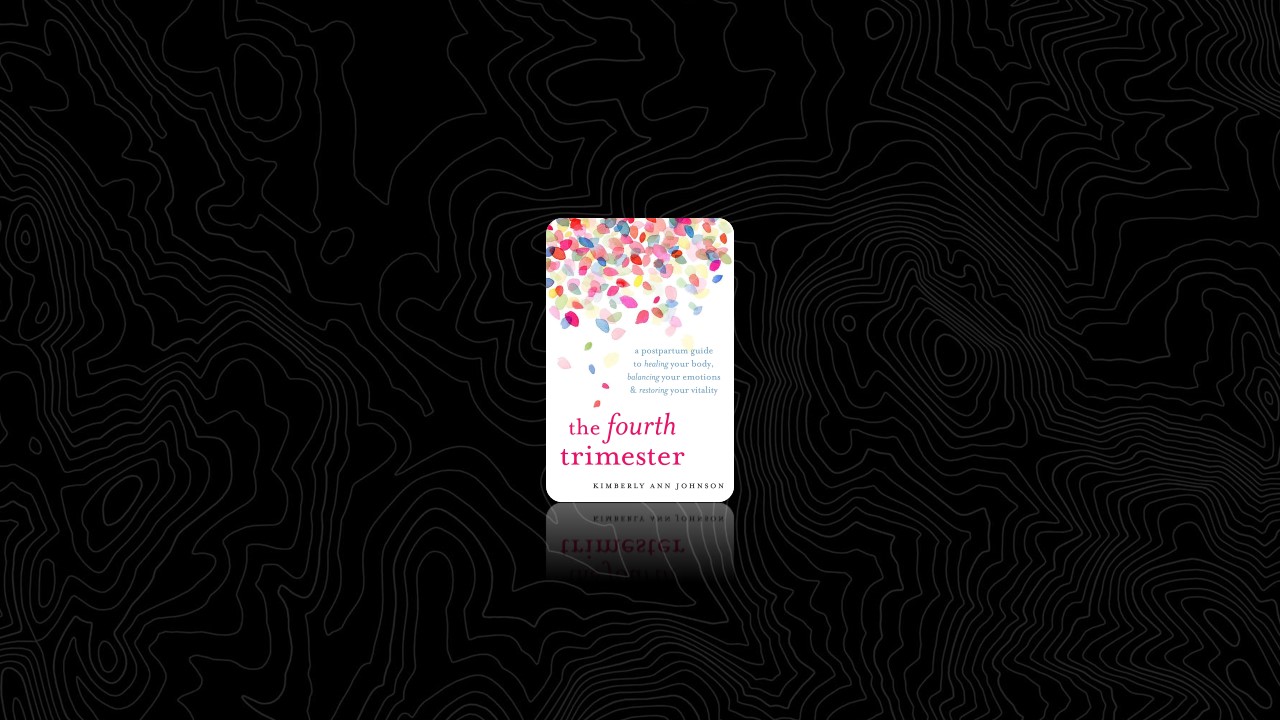The Postpartum Revolution
In places where the culture is not explicitly designed to honor this time immediately after birth, women have to take measures to create their own sanctuaries of relaxation and restoration. At first, the amount of support we need seems surprising, maybe even excessive, especially given the superwoman ideal currently prevalent in the Western world. Women are supposed to give birth and bounce back without missing a beat. Yet the truth is, a new mother needs to be mothered herself, so she can help and effectively learn how to mother her baby.
The five universal postpartum needs are shared across cultures because they follow our physiological design and needs as women.
- an extended rest period
- nourishing food
- loving touch
- the presence of wise women and spiritual companionship
- contact with nature
Our investment in this time is an acknowledgement of the preciousness of life—not just the baby’s life, but also the mother’s life. The postpartum time needs to be recognized as distinct although less obvious than pregnancy. When we skip over this time and do not attend to these needs, we become vulnerable to illness, often an outcome of isolation and loneliness. When we heed the rhythm of this time, we set ourselves up for a smooth transition characterized by interconnectedness and wholeness, where a woman feels the support, wisdom, and presence of her community. When a woman feels supported, the baby thrives, the relationship thrives, our community thrives, and our planet thrives.
Setting Yourself Up for a Smooth Transition to Motherhood
The postpartum time is a rhythm shift, so understanding the need to rest and learning how to rest are crucial.
Adjusting expectations, softening perfectionism, and taming your inner critic will set you up to enjoy the slow postpartum time.
Our culture overvalues the masculine qualities of rationality, productivity, and independence. The postpartum period is a feminine time when emotional attunement, receptivity, and interdependence are key.
Practice sitting and just being for five minutes. Don’t check electronics, engage with anyone, or worry about meditation. Just sit and enjoy resting (and connecting with nature by sitting outside if possible).
Respect your ultradian rhythms. After working or being active for ninety minutes, rest for ten minutes.
Ask a friend for a meal, flowers, or a massage.
Don’t reciprocate a favor with a favor. Express your gratitude simply. (You don’t need to write a thank-you note.)
Balancing Your Emotions
While a mother and baby physically separate at birth, their energy and emotional systems are still intricately interconnected.
After you deliver the placenta, your hormone levels drop dramatically and begin a months’ long process of recalibration from growing and birthing a baby to now nursing a baby and helping your body recover.
Between forty-eight hours and two weeks postpartum it is normal to be weepy and emotional, also known as the “baby blues.”
Sometimes hormone imbalances, autoimmune disorders, isolation, and lack of support can look like depression.
Restoring Your Vitality
Chinese and Ayurvedic medicine agree that a woman’s life force is depleted in the birth process and needs to be tended to and strengthened in the postpartum period so that she can fully recover and return to robust health.
Post-birth women are often yin and blood deficient. Food and warming practices will help to rebuild blood and yin so that women have enough fluids.
All women will experience a vata imbalance postpartum. The three ways to calm vata are oil, heat, and hydration.
Rebuilding Your Body
Gentle restorative movement is the place to start in the fourth trimester.
Beginning exercise too soon can cause setbacks in the healing process.
Bodywork is a necessary part of the healing process for new moms.
Understanding Medical Realities
There are four essential domains of health that need to be considered when trying to heal any symptom, including a birth injury—biomechanical, biochemical, emotions, and scar tissue.
Birth injuries are a potential outcome of giving birth, but they are not inevitable nor are they permanent. Healing without surgery is possible in most cases.
Incontinence is common but not normal. It’s not always caused by weak muscles. It can also be caused by hyper-toned muscles or scar tissue.
We must be our own advocates for our pelvic health because medical professionals are not always informed about postpartum birth injuries.
Owning Your Birth Experience
Birth is one part of an extended rite of passage that is the transition to motherhood.
Telling your birth story is an important part of coming through birth in one piece, and it can even diminish symptoms of postpartum anxiety and depression.
It is okay and even normal to have “negative” feelings after a birth.
Some births are traumatic for mothers, even if they may have not been life-threatening, or appeared to be so from the outside. Working through the birth trauma can be the key to physical, emotional, and spiritual healing.
Deepening Intimacy
Though studies show that relationships are drastically changed by a birth, they can change for the better with care and communication.
Plan for the changes to your relationship and its roles with your partner and be open to discussing them now, in the postpartum time.
Consider that intimacy is about communication and understanding, not just sex, and focus on building that as opposed to worrying about jumping back into PIV sex.
Rediscovering Your Body
To ensure full physical recovery—and not cause new symptoms—and to encourage pelvic-floor tone for your life, wait for six months before returning to running or heavy weight lifting.
Specific pelvic-floor and core movements, called bandhas, are crucial in restoring inner health so that your return to exercise is successful.
Your sexuality is your own. Begin by exploring your own body before returning to penetrative sex with your partner.
Reclaiming Your Sexuality
The Virgin Mary represents a separation between motherhood and sexuality. Integrating our mother selves and sexual selves is a radical act.
Reclaiming sex includes redefining sex and feminizing sex.
Most women feel as if they are starting over again with their sexual identity and desires after having a baby. This can be an invitation into a more authentic sexual expression.
Sex should never be painful. If it is, there is a reason for it. Assess what you think the source of pain is so that you can get the right support.
Discovering the Mother You Are
Your relationship to your mother is a fundamental piece of your psychological and physical health and is especially awakened when you become a mother.
Becoming a good enough mother means that you can let go of perfection and know that good mothering is about the quality of the repair that is made after there are mistakes. Modeling making mistakes and then repairing them is a valuable part of mothering.
You do not have to love every part of parenting.
Reach out to other women to help mother you as you continue on your own journey into motherhood.


